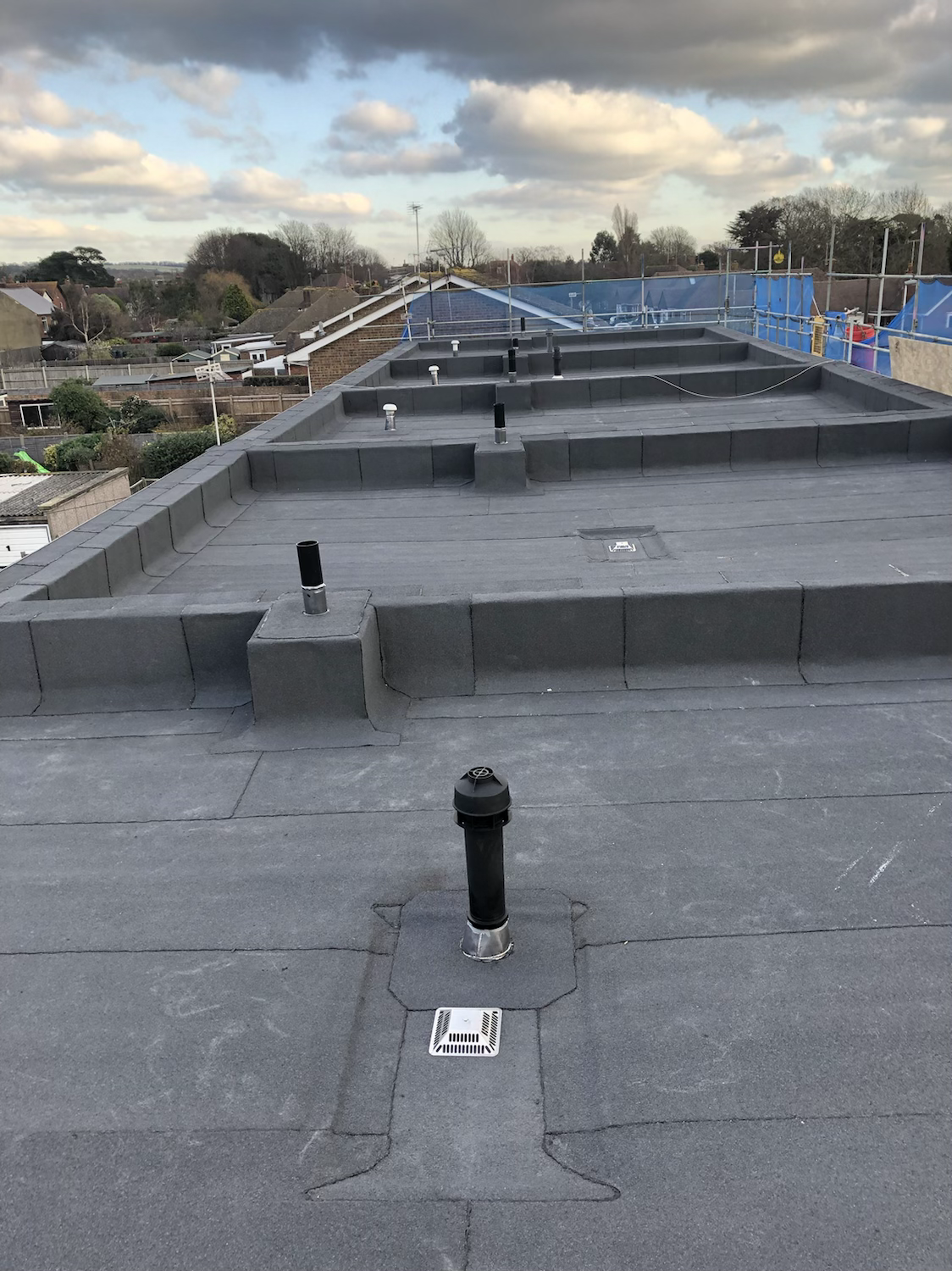The Ultimate Guide to Ensuring a Leak-Proof Roof: Professional Waterproofing Tips Revealed!
- Matt Rayner

- Oct 16, 2024
- 4 min read
When it comes to protecting your home, a leak-proof roof is essential. Unfortunately, many homeowners overlook roof maintenance until they face serious issues. Did you know that a leaking roof can cause water damage that costs an average of $1,200 to $5,000 to repair? By taking waterproofing seriously, you can save money and keep your home safe from structural problems and mold growth. This guide will provide you with the knowledge and professional tips needed to ensure your roof stays waterproof and durable.

The Critical Role of Roof Waterproofing
Roof waterproofing is vital for your home’s structure. Water leaks can lead to severe consequences, including:
Wood Rot: According to the National Association of Home Builders, wood rot affects nearly 20% of homes. This issue can weaken support beams and compromise your roof structure.
Mold Growth: Mold thrives in damp conditions. The CDC states that mold can develop in as little as 24 to 48 hours after water exposure, posing health risks to occupants.
Structural Damage: Research shows that homes with water infiltration can sustain damages costing as much as 30% of the home’s value over time.
Investing in effective waterproofing now can prevent these costly and dangerous situations.
Popular Roof Waterproofing Solutions
There are various options for waterproofing your roof, each with its own advantages. Here are some of the most effective methods:
1. Liquid Waterproofing Membrane
This method is ideal for flat roofs. It involves applying a liquid solution that dries to form a flexible barrier. For instance, a recent study found that liquid membranes can extend roof lifespan by 10 to 20 years.
2. Bituminous Membrane
This option uses asphalt-based sheets that can minimize leaks. Bituminous membranes are durable and UV resistant, making them suitable for various climates. In tests, they demonstrated robust performance, lasting over 15 years.
3. PVC or TPO Membrane
These synthetic materials are lightweight and reflect sunlight effectively. Many commercial buildings use them and report lifespans of 20 years or more with regular maintenance.
4. Roof Coatings
Applying a waterproof coating to existing roofs can significantly extend their life. These coatings are often elastic and can seal small cracks, preventing leaks. Homeowners have seen an average lifespan increase of up to 50% with proper applications.
Practical Steps to Waterproof Your Roof
Follow these crucial steps to achieve effective waterproofing:
Step 1: Thorough Roof Inspection
Start with a close inspection of your roof. Check for:
Missing or broken shingles
Cracks in membranes
Signs of mold or rot
Address these issues to set a proper foundation for waterproofing.
Step 2: Clean the Roof Surface
Cleaning is essential. Remove debris, dirt, and algae with a pressure washer or broom. A clean surface ensures adhesion of any waterproofing solution.
Step 3: Repair Existing Damage
After cleaning, repair damaged areas. Replace broken shingles, seal cracks, and ensure flashing is in good shape. Neglecting this step can lead to leaks.
Step 4: Choose and Apply Your Waterproofing Method
Select the best waterproofing solution based on your roof type and conditions. Follow manufacturer instructions carefully for optimal results.
Step 5: Regular Inspection and Maintenance
Post-waterproofing, schedule routine inspections to spot potential issues early. Aim for inspections twice a year, and after heavy storms to address any wear or debris accumulation.
Expert Tips for Successful Waterproofing
Timing is Everything: The best time to waterproof is during dry weather. Aim for temperatures above 50°F for optimal application conditions.
Opt for Quality Products: Invest in trusted brands. High-quality materials may have a higher upfront cost but often pay off in longevity and effectiveness.
Don’t Hesitate to Hire Professionals: If the process feels overwhelming, consider hiring experienced professionals. Their expertise can ensure a job well done, preventing future headaches.
Know Local Codes: Always consult local building regulations. Complying with codes ensures your waterproofing is legal and safe.
Document Your Work: Keep detailed records of inspections, repairs, and waterproofing efforts. This documentation can be invaluable when tracking your roof's history or if you plan to sell your home.
Mistakes to Dodge in Roof Waterproofing
Many homeowners make common errors that lead to leaks. Here are some pitfalls to avoid:
Overlooking Inspections: Skipping thorough inspections can lead to undetected problems and costly repairs.
Ignoring Maintenance: Regular roof cleaning and checks are essential to extend your roof's life.
Using Inappropriate Materials: Assess your roof type and climate before selecting materials for waterproofing.
Poor Application: Ineffective application due to not following guidelines can compromise waterproofing efforts.
Final Thoughts
Achieving a leak-proof roof is essential for protecting your home from damage and ensuring your family’s safety. Effective waterproofing not only extends your roof's lifespan but also promotes a healthy living environment. Whether you tackle this project on your own or hire professionals, following these guidelines will help you create a robust, leak-resistant roof.
Investing in your roof pays off in the long run. A well-maintained roof protects your home, enhances its value, and ensures peace of mind for years to come. Remember, proactive maintenance is a choice you will always appreciate!





Comments